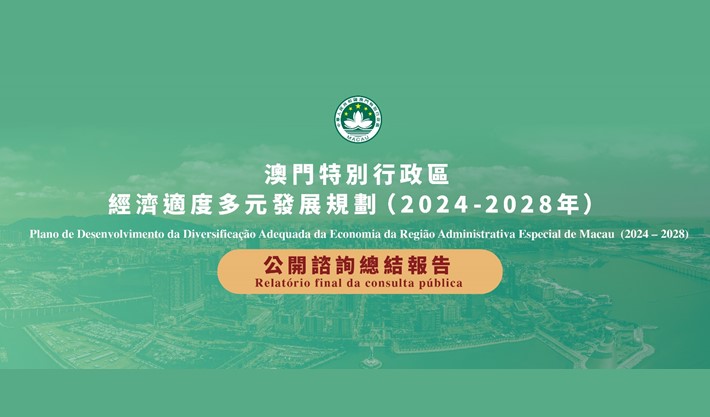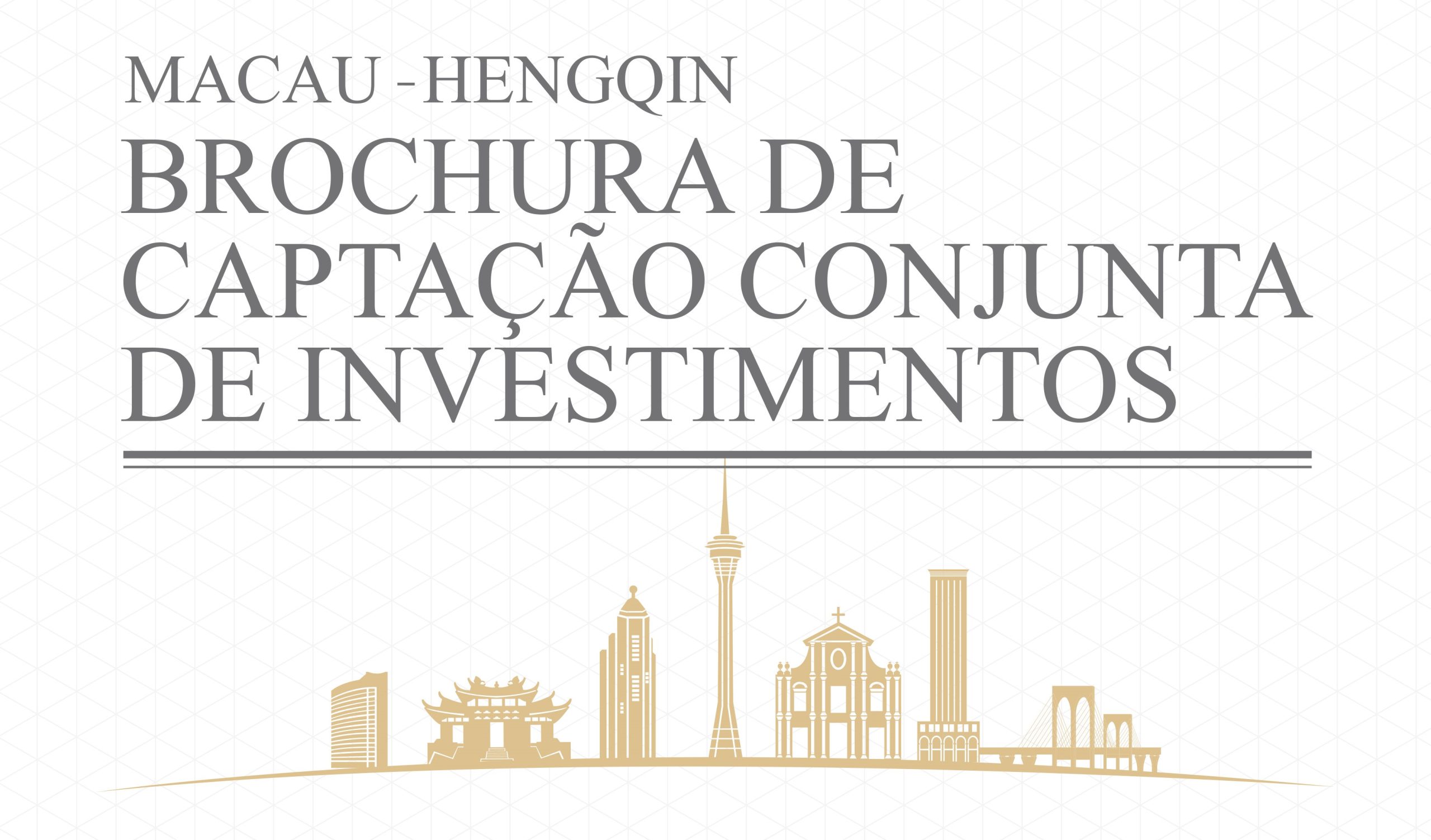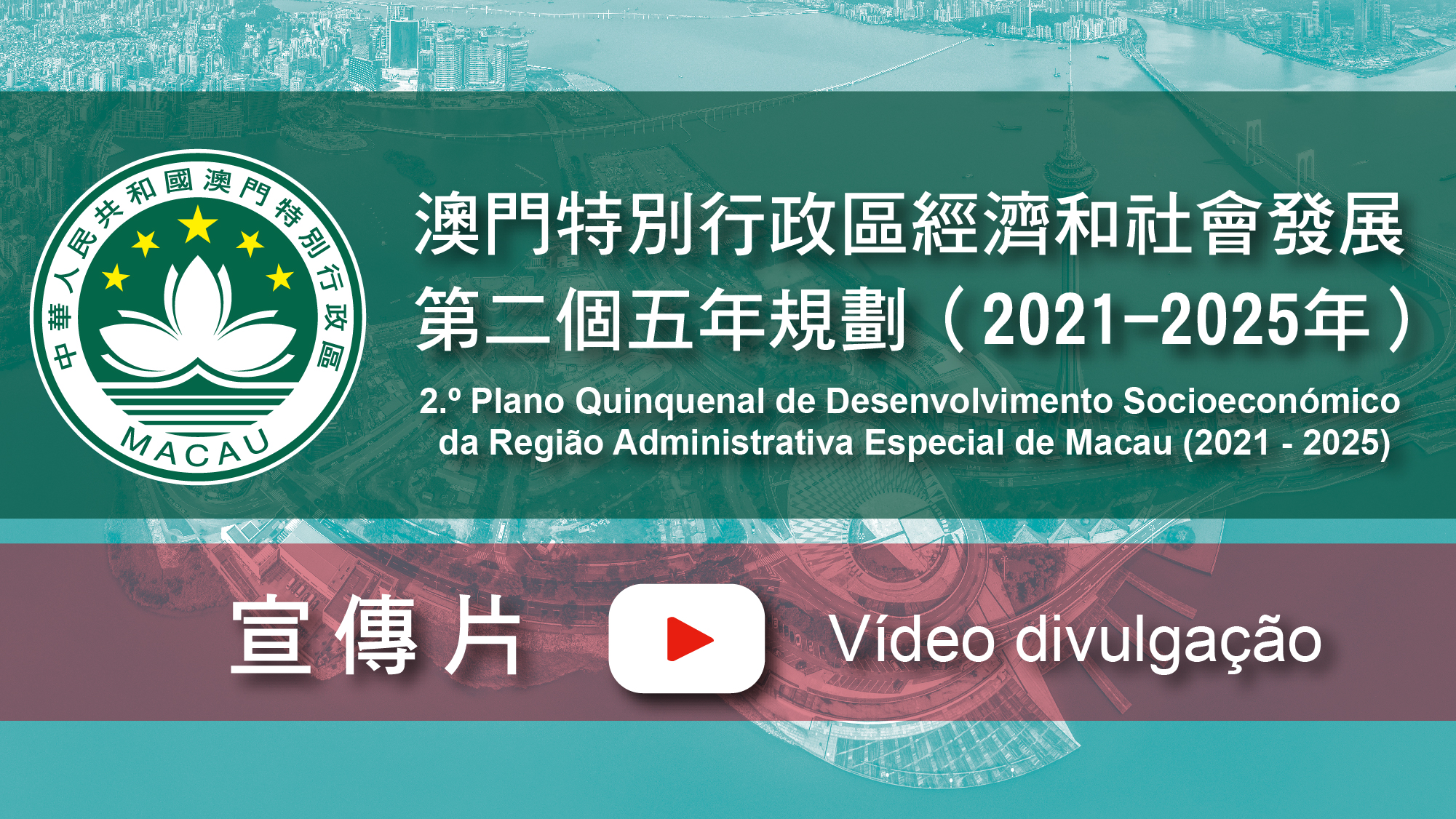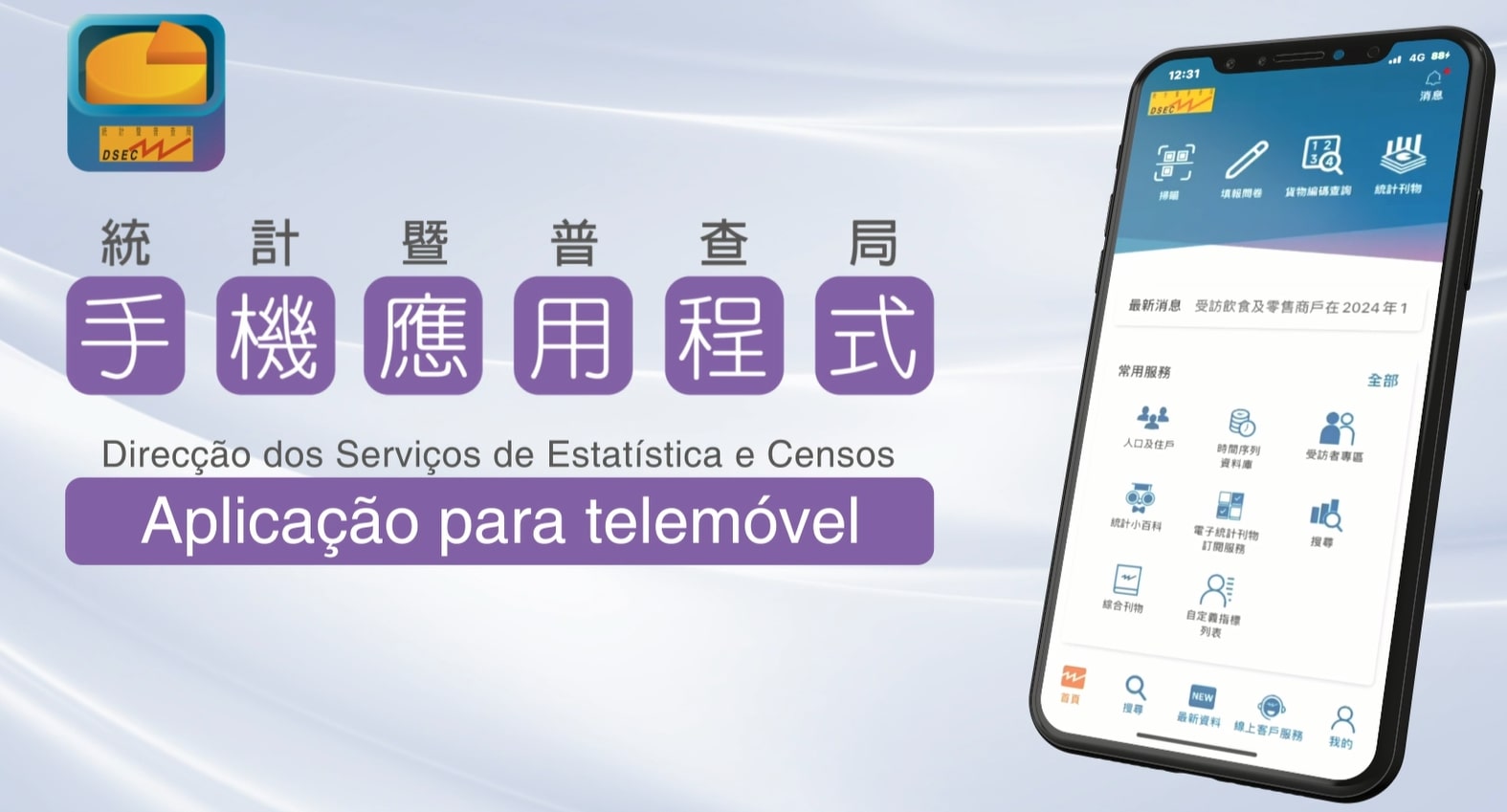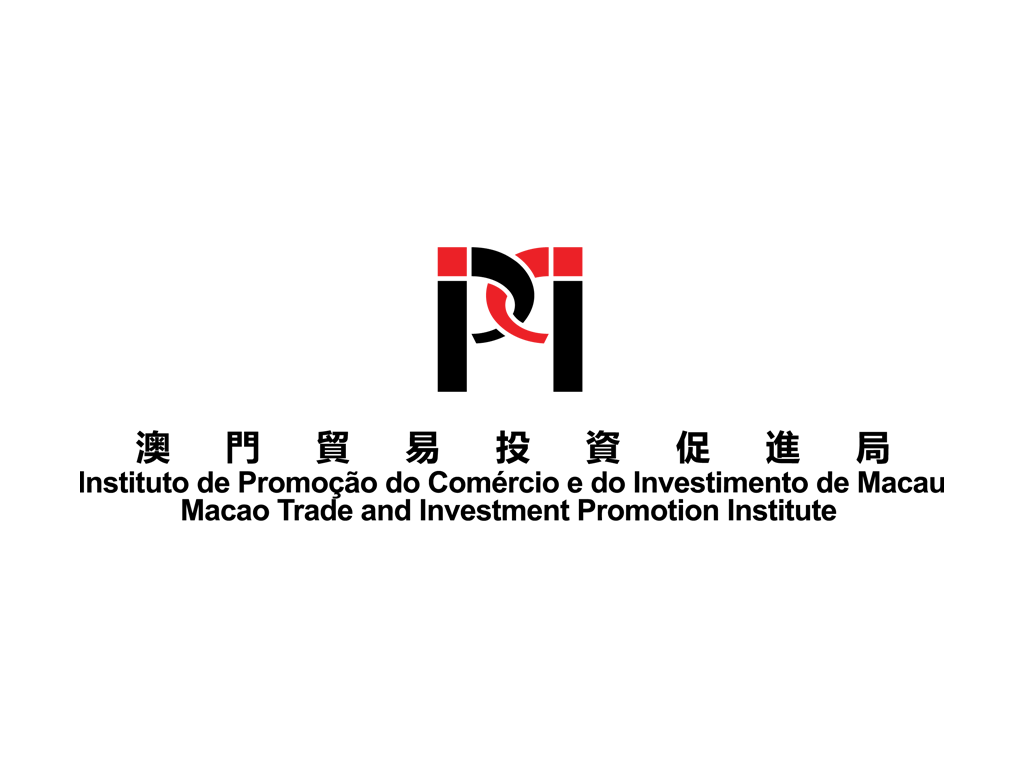Pesquisar
Human resources are a crucial part of enterprise development and motivating employees is a major component of human resource departments remit. The focus is to motivate employees and give them an incentive to work, i.e. using all effective means to boost employees’ initiative and creativity, encouraging them to complete their duties and achieve the goals of the company.
In recent years, many enterprises in Macao and also around the world have established their own medium for employee motivation. Some based their courses on famous motivation theories (such as Balanced Scorecard), while some are even equipped with special computer programmes. It is believed that the information provided below about the medium will provide valuable reference for enterprises.
Covering A Wide Spectrum
Since the 1920s and 30s, many experts in management, psychology and sociology have come up with a number of theories on motivation based on modern management experiences. Motivation theory is the core to managing the relation between needs, motivation, objectives and behaviour, this being an overall summary of the principles and methods required to satisfy the different needs of people and deploying incentives.
To this end, a variety of motivation theories have been come up with, for instance, behaviour motivation theory, cognitive motivation theory, integrated motivation theory, content-based motivation theory,process motivation theory and behavioural modification motivation theory. Many leading scholars have also proposed different motivation theories e.g. the Need-hierarchy Theory of Abraham Maslow, Goal-setting Theory of E.A. Locke, C. L. Huse et al., Expectancy Theory of Victor H. Vroom, Integrated Motivation Theory of Lewin, Equity Theory of J. Stacy Adams and Attribution Theory of F. Heider. More popular theories in recent years include the Balances Scorecard first proposed by two reputable professors at Harvard University, Robert S.Kaplan and David Norton in 1992.
According to the theories, the motivation medium generally covers five areas. Firstly, the design of various rewards systems, including extrinsic and intrinsic rewards. Secondly, providing employees with conduct guidelines that they should follow with regards to the direction of work, behaviour and values, for example, encouraging innovation and crediting co-operative work. Thirdly, controlling the strength of behaviour. Fourthly, regulating the time and scope of rewards so as to prevent employees looking at short-term performance. Fifthly, assimilate employees’ behaviour, discredit or educate employees who have violated company rules or cannot meet the required standards.
In general, the employer should pay attention to five areas while motivating the employees to perform well. 1. Assigning work according to the ability and workload of the staff and allow them to make use of their strong points. For instance, the management staff should have more communication with the employees to gain a better understanding of their interests and working abilities. Employers should conduct regular appraisals of their working performance and provide Job descriptions and work requirements.
2. Employee’s incomes should correspond with their performance with appropriate merit and demerit systems.
3. Enhance employee’s working ability by means of basic and different levels of training programmes, offer opportunities to talented staff who aim for further development. Employer can also work on employees’ career plan, for example, the company can introduce a staff development plan which includes personal consultation, and other consultation services on performance management, retirement and health.
4. Constantly improve the working environment and safety standards so that employees can work pleasantly and enhance efficiency.
5. Complete tasks through co-operation.
Motivation Programme Enhance Flexibility And Effectiveness
Judging from the implementation of the motivation programme,whether it is in terms of material, emotional or work incentives, the timing, cause, format and frequency of the incentive are all of great importance. Employee motivation can be described as a form of art that requires detailed planning and operation. Different ways of handling it may bring out great differences. Therefore, enterprises should develop their own motivation programme in accordance with their own respective working environment and needs, integrate and co-ordinate various incentive programme to help enhance employees’ overall initiative,creativity and the competence of the enterprise.
Incentive Programme. The use of incentive programmes mainly include material incentives i.e. Rewards such as basic salary, bonus,allowance and welfare package. Emotional incentives are also knownas soft-skill incentives, they include target incentives, honour incentives, training incentives and participation incentives. Working incentives include working achievements for employees and providing stable working conditions.
Direction of Incentive. Short-term incentives like rewards are a form of recognition of the working effort, while well-planned long-term incentives are a more important measure in providing guideline for employees. Generally speaking, knowledge-based employees will have higher level of initiative and self-esteem in fulfilling their goals; therefore, they usually attach greater importance to emotional incentives.
Regarding the implementation of the motivation theory in practical management, the Balanced Scorecard theory was well received by enterprises when it was first proposed in 1992. According to statistics,enterprises and organisations as well as non-profit-making organisations in different sectors in various regions around the world have also adopted the Balanced Scorecard system.
The characteristics of the Balanced Scorecard focus on four areas: financial, customer, internal business progress, as well as learning and growth. The objective is to co-ordinate short-term actions with long-term strategic objectives by evaluating the performance of the enterprise.
Mainland, Hong Kong and Macao enterprises have also gradually introduced the use of the Balanced Scorecard system to be in line with the motivation programme.
Overall, the establishment, implementation and improvement of the employee motivation programme are of vital importance to the development of enterprises. The system focuses on the future and acknowledges good performances to create a harmonious working environment. Motivating employees is part of an enterprise strategy,while the development is indistinguishable from creativity and initiative,therefore, it is important that the enterprise attach great importance to employee motivation and make wise use of various motivation programmes and integrate the motivation programme with the objective of establishing an open motivation system which best suits the characteristics of the enterprise and the needs of the employees, fostering sustainable development of the enterprise within market competition.



